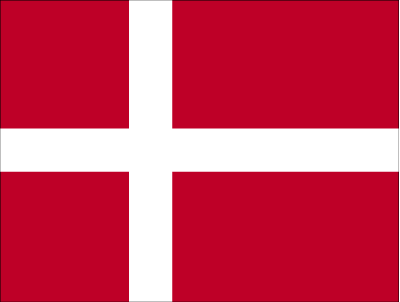Denmark’s Journey from Incineration to Zero-Waste
It won’t be Easy but the Road Does Have its Travellers

source: Wikipedia ; Public Domain License
You’re probably wondering why Denmark would need to make any changes. They’re widely thought to be one of Europe’s, even the world’s, greenest countries, so what is there to change? You’ll be surprised and shocked to know that Denmark has a little secret. They convey themselves as an environmentally friendly country but have a hidden passion for burning their rubbish. Another interesting fact is that Denmark generates more waste per head than many other countries and is the world leader in waste incineration. Almost 80% of their waste is burnt. Not very green at all. Also Denmark has not yet introduced the separation of household waste and this has led to a very poor recycling rate of 22%.
The way the system is set up in Denmark has not lent itself well to reducing the amount of waste. Every Danish city has its own incinerator which are, on the whole, publicly owned. If the city residents (the incinerator owners) sent less for incineration the plant would work under full capacity and thereby lower its efficiency. This would mean less income to meet costs and result in an increase in waste management fees. It’s showing the people that the more waste they generate the better it is for their pocket.
Generating energy from waste has been the mantra in many northern European countries for many years. Longer, darker and colder winters require a higher intake of heat and power so generating energy from waste became the obvious solution. This practice however, is not fit for this century. Incineration is an inefficient way of making energy and while its cause is championed, other carbon neutral technology is likely to suffer and remain on the back boiler. It is in fact the main obstacle with 20% of heat and 5% of electricity currently generated from incinerating waste.
But the good news is that Denmark is about to undertake a very important journey. The one that leads from incineration to zero-waste. Its aim is to free itself from dependence on fossil fuels by 2050. This will mean closing all polluting power plants and putting an end to waste-to-energy incinerators. The link between waste and energy is very strong in Denmark and it’ll be a hard bond to break. The incentives currently in place contradict the dictum reduce, reuse and recycle. The link also influences energy policy and blocks other greener technologies from being introduced. But the Danish Ministry of Environment has its eyes wide open.
The new Waste Management Plan unveiled in November 2013 called for a “Denmark without Waste – Recycle More, Incinerate Less“. Brave words indeed. These radical plans include replacing incinerating waste with separate garden and food waste collections which will be used for compost and biogas. Plastic and paper that is currently sent to be burned will be recycled. Privatisation of the incinerators is another proposition, with those less profitable ones actually closing down. Put into figures the plans are to reduce the amount of waste sent for burning by 820,000 tons by 2020.
Hopefully the Danish population will be able to see the benefits through the smoky haze. Decreasing incineration will reduce pollution, improve health and the new recycling plants will mean more jobs and a more sustainable country.
